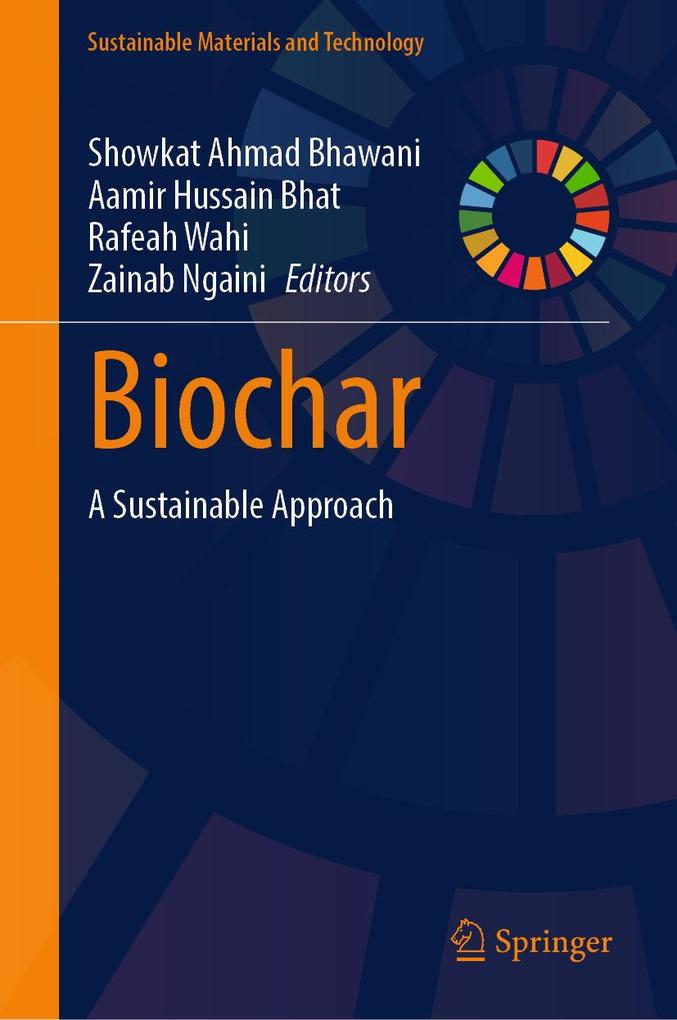
Sofort lieferbar (Download)
This book highlights the latest research on biochar, a low-cost carbonaceous material produced from biomass, and is regarded as an economical substitute to the activated carbon. The book describes the production and the characteristics of biochar through various techniques/methods such as pyrolysis, gasification, torrefaction, and hydrothermal carbonization of carbonaceous biomass, such as agri-residues, algal biomass, forest residues, manures, activated sludge, energy crops, digestate at high temperature (300-900 °C) and under O2-limiting conditions. The book also highlights the several unique properties of biochar such as an efficient, cost-effective, and environmentally-friendly material for diverse contaminants removal. The variability in physicochemical properties (e. g. , surface area, micro-porosity, and pH) provides an avenue for biochar to maximize its efficacy to targeted applications. This book interests academics working in the development of green and sustainable technologyin agricultural engineering, material science, chemical engineering, and environmental science.
Inhaltsverzeichnis
Production, Characterization and Properties of Biochar. - Modifications of Surface Properties of Biochar by Different Treatment Methods. - Recent Advances in Biochar as Low Cost Bio Sorbent for Adsorption of Dyes and Heavy Metals. - Designed Biochar for Heavy Metals Removal from Wastewater. - Nano-Biochar Composites for Decontamination of Wastewater. - Biochar For Electrochemical Energy Storage. - Biochar in redox mediated reactions for the removal of organic pollutants from water resources. - Biochar based catalysts for the production of chemical and energy. - Biochar-Based Catalysts for Pollution Control. - Biochar for Remediation of Contaminated Soil. - Biochar as a Carrier For Agrochemicals.
Produktdetails
Erscheinungsdatum
16. Dezember 2024
Sprache
englisch
Seitenanzahl
235
Dateigröße
9,59 MB
Reihe
Sustainable Materials and Technology
Herausgegeben von
Showkat Ahmad Bhawani, Aamir Hussain Bhat, Rafeah Wahi, Zainab Ngaini
Verlag/Hersteller
Kopierschutz
mit Wasserzeichen versehen
Produktart
EBOOK
Dateiformat
PDF
ISBN
9789819742523
Entdecken Sie mehr
Bewertungen
0 Bewertungen
Es wurden noch keine Bewertungen abgegeben. Schreiben Sie die erste Bewertung zu "Biochar" und helfen Sie damit anderen bei der Kaufentscheidung.










